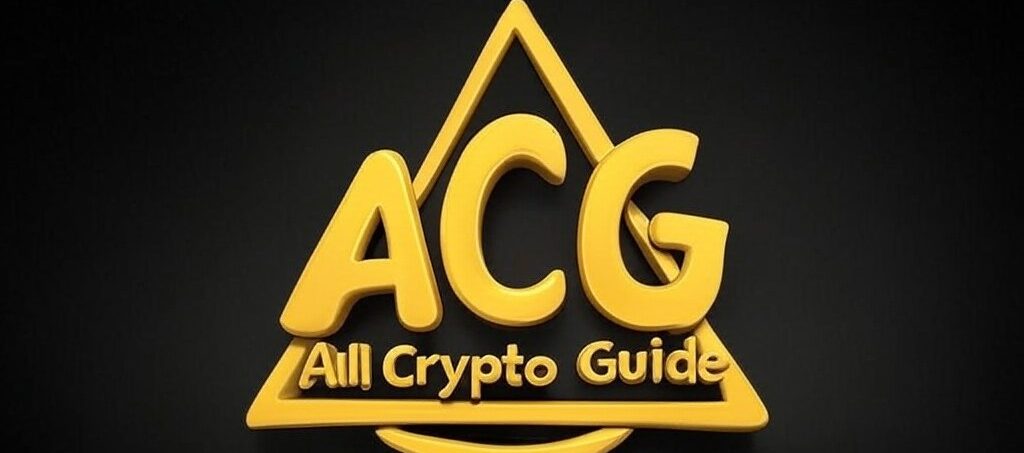Imagine a world where you control your money without needing a bank to intermediate your transactions. That’s the promise of decentralized finance, or DeFi—a revolutionary approach that’s tearing down the traditional financial system brick by brick. In this post, we’re diving deep into what DeFi is, how it’s changing the banking game, and why it matters. If you’re curious about the broader context of decentralized technologies, check out our Beginner’s Guide to Web3 and see how it all connects to a more open internet.

What Is DeFi?
Definition & Key Concepts
DeFi, short for decentralized finance, refers to a financial system built on blockchain technology that operates without traditional intermediaries like banks. Instead of relying on central authorities, DeFi leverages smart contracts to automate and secure transactions. In essence, it’s about democratizing financial services, giving you direct access to loans, savings, investments, and more—right from your digital wallet.
The Role of Blockchain & Smart Contracts
At the heart of DeFi lies blockchain technology. A blockchain is an immutable digital ledger, ensuring that every transaction is secure, transparent, and tamper-proof. Smart contracts further enhance this ecosystem by automatically executing agreements once predetermined conditions are met—eliminating the need for third-party oversight. If you want to dive deeper into the technological underpinnings, take a look at our guide on The Key Technologies Powering Web3.
How DeFi Is Changing Banking
Removing the Middleman
One of the biggest shifts with DeFi is the elimination of intermediaries. In traditional banking, you often pay fees and wait for approval from a central authority. DeFi cuts out these middlemen, enabling peer-to-peer transactions that are faster and more cost-effective. This isn’t just a technical upgrade—it’s a fundamental change in how we think about money. To understand why decentralization is so crucial in this context, check out our article on Decentralization Explained.
Enhanced Security, Transparency & Accessibility
By design, decentralized systems are more secure and transparent. With DeFi, every transaction is recorded on a public ledger, reducing the risk of fraud and enhancing trust among users. Furthermore, financial services become accessible to anyone with an internet connection, regardless of geographical boundaries or traditional credit requirements. This global access has the potential to redefine financial inclusion for millions around the world.
Real-World DeFi Applications
Lending, Borrowing, and Yield Farming
DeFi has given rise to innovative financial services like decentralized lending and borrowing. Platforms allow users to lend their crypto assets in exchange for interest or borrow funds without going through a bank. Yield farming, a practice where users maximize their returns by shifting assets across various DeFi protocols, is another trend that’s attracting both seasoned investors and newcomers alike.
Cross-Border Payments & Remittances
Traditional cross-border payments can be slow and expensive, often plagued by high fees and delays. DeFi platforms are changing that by enabling near-instant, low-cost transfers across borders. This not only saves money but also makes the global economy more integrated and accessible.
Challenges Facing DeFi
Scalability & Security Concerns
As promising as DeFi is, it’s not without its challenges. Scalability remains a major issue—networks can become congested, leading to slower transactions and increased fees. Security is another critical concern; while blockchain is inherently secure, vulnerabilities in smart contract code can expose users to risks.
Regulatory Uncertainty
DeFi’s rapid innovation has left regulators scrambling. The legal frameworks around decentralized finance are still evolving, and this uncertainty can be a barrier to widespread adoption. Despite these challenges, the ongoing development and robust community support are paving the way for a more stable regulatory environment in the future.
Future Outlook of DeFi
Integration with Web3
The future of finance is clearly intertwined with the broader Web3 revolution. As DeFi continues to mature, it will increasingly integrate with other decentralized technologies, creating a seamless digital ecosystem. For more context on how these transformations are unfolding, explore our posts on What is Web3? and Web3 vs. Web2.
Conclusion
DeFi is more than just a trend—it’s a paradigm shift that is reshaping the financial landscape. By removing intermediaries, enhancing transparency, and democratizing access to financial services, decentralized finance offers a glimpse into the future of banking. As you watch this space evolve, consider how these changes might impact your financial strategies and everyday transactions.
Curious to learn more about the decentralized world? Explore our other guides on Web3 and blockchain technologies. The future of finance is here, and it’s decentralized—get ready to ride the wave of change!




